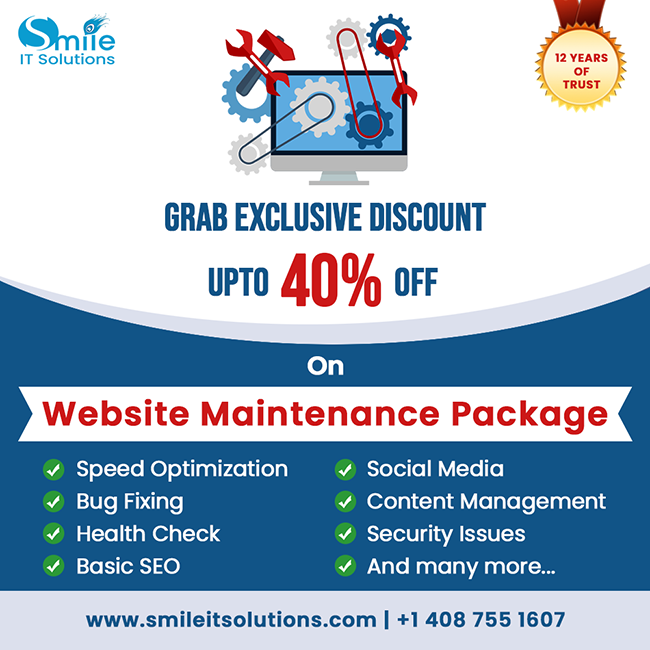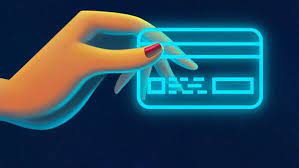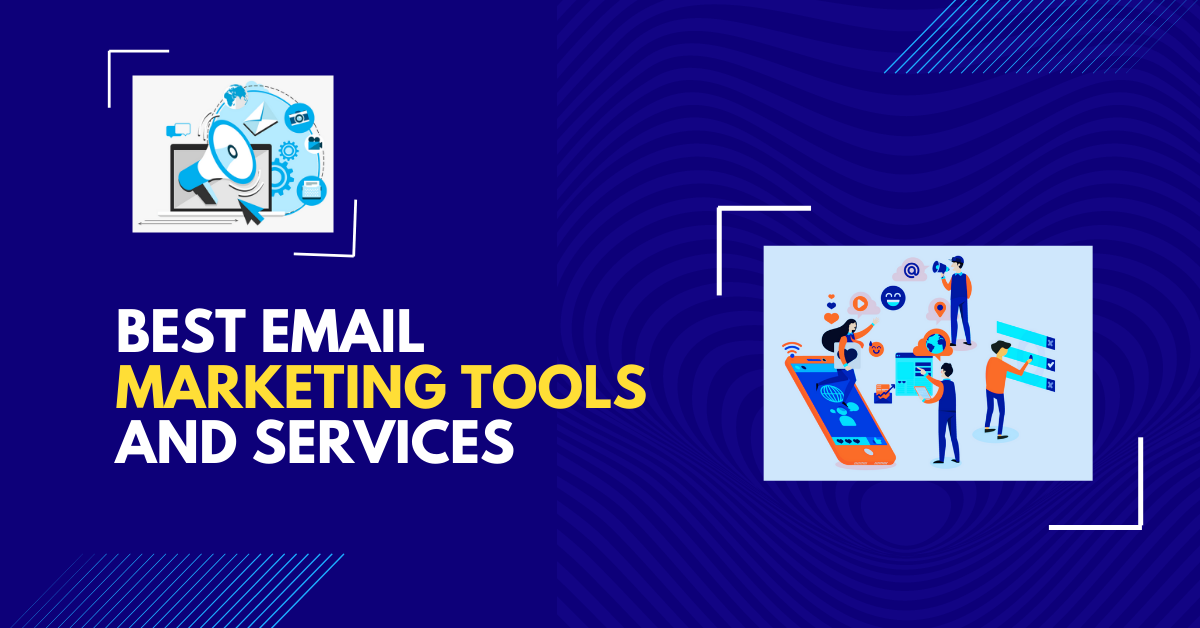
Too many choices. Too little time. Too little help.
We live in an age of practically limitless options-cars, phones, products, services, lifestyles. The choices we face for the simplest purchases seem infinite. Take the supermarket. Last count, there were over 42,686 products (and growing) lining the shelves.
Choosing a can of soup can make your head spin. Then there electronics. Computers. Small appliances. Business supplies. How about the large choice of lawyers. Accountants.Dentists. Architects. Customers who walk into a store with little or no knowledge about your product or service are likely to leave without buying anything. That's why many companies are losing business.
The inability to buy is caused by Purchase Paralysis
The inability to select products from the dizzying array of choices I named"purchase paralysis."It's the result of too many choices, too little knowledge and too few resources at the point of sale (POS) to help people decide. Whether you're offering products at a major retail store or your small shop-or professional services online-there are ways to make it easier for customers to choose you.
5 ways to get them to choose YOU.
Here are five suggestions to help you cure purchase paralysis, whether you're selling a product or service. The more you know about your customers and/or prospect the more likely you are to choose the right tools. Try to reach them where they live, work and play.
1. Increase name recognition and top-of-mind awareness.

If you're just one in a crowded field, you can gain an advantage over customers who recognize your brand. And, even better, when the name brings to mind good thoughts and feelings. In addition to using traditional and digital marketing, tools to generate brand awareness, seek out companies that offer complementary products/services. Arrange for a link to your site. Offer their customers special discounts or services.. Reciprocate. Be wherever you can as often as you can.
2. Provide information on your packaging.
I see so many product packages that are beautifully designed. Some I want to frame. WhenI try to learn about what's inside the package, I find nothing. Nada. Zero. Zilch. It's as though the English language has disappeared, replaced by icons and swirls. Use your package as a sales tool. Write on it. Show your product's benefits. Compare them to other products. Offer special pricing. Money-back guarantees. Technical or service support. List your website. Show a customer service number they can call on the spot to ask questions. No phone? Okay, how about a web page they can log into from their smartphones or tablets that answers FAQs. Your product packaging doesn't have to be gorgeous. It has to Sell. Sell. Sell. To make it easy to buy. Buy. Buy.
3. Two services you should seriously consider
One is PPC (pay-per-click). Quite simply, when you purchase AdWords and people use it in search, your company will appear at the top of the search results. It's expensive but worth testing to see if it delivers. Two, make sure your site is optimized for web searches. You want to be able to appear among the first ten in the search results page. If you're not sure how to optimize your website for search, hire an experienced SEO consultant who can make sure your site is optimized.
4. Use direct mail marketing to get NEW customers and keep existing ones.

Some companies have given up on traditional marketing tools. But they shouldn't. Here's howDSW, a national wholesale shoe retailer, effectively uses traditional and digital marketing. Because I'm a member (of course, I love shoes), I receive emails as well as direct mail. The direct mail has coupons for different dates, so the postcard has a long life to help keep DSW top-of-mind. They also followed up on their last direct mail with an email with the subject stating: We sent you $10 in the mail. Now's the time to use it! If I search the Internet for DSW or shoes, a series of landing pages pop up offering money-saving coupons. DSW is everywhere. So when customers think "shoes," guess what pops up? Yup!
5. Segment your customer files.
Most companies don't do this. They have one massive list for all their customers. Everyone on it receives the same message or offer. It may generate business, but it also loses it too. If you keep sending customers mail/messages/offers that aren't relevant to them, eventually they will unsubscribe or just delete everything you send. Even worse, they will find you annoying and irrelevant. Segment your customers into groups by demographics, purchase history, and behavior as well as other characteristics so you can target your mailings/messages. I buy mystery and design books from Amazon.com. They send me emails when my favorite authors have a new release. And they send me general information on the categories I'm interested in. That's great targeting. By segmenting your list, you can do the same thing. The opportunities are fantastic as is the goodwill you'll build. This leads to another great source of business: Buzz. Word of mouth. People talking about what a great company (or service) you have. Remember to include testimonials wherever you can. If you offer a service, and don't have a package, include them wherever you can, including emails. Now that's a recipe for success.















Post Your Comment
Comments